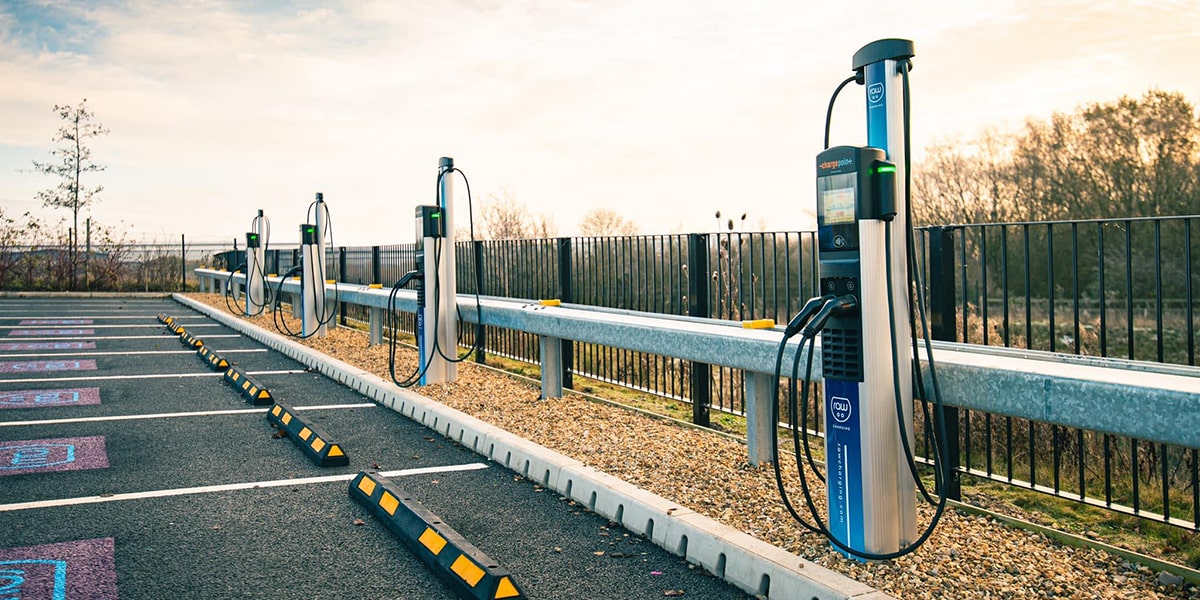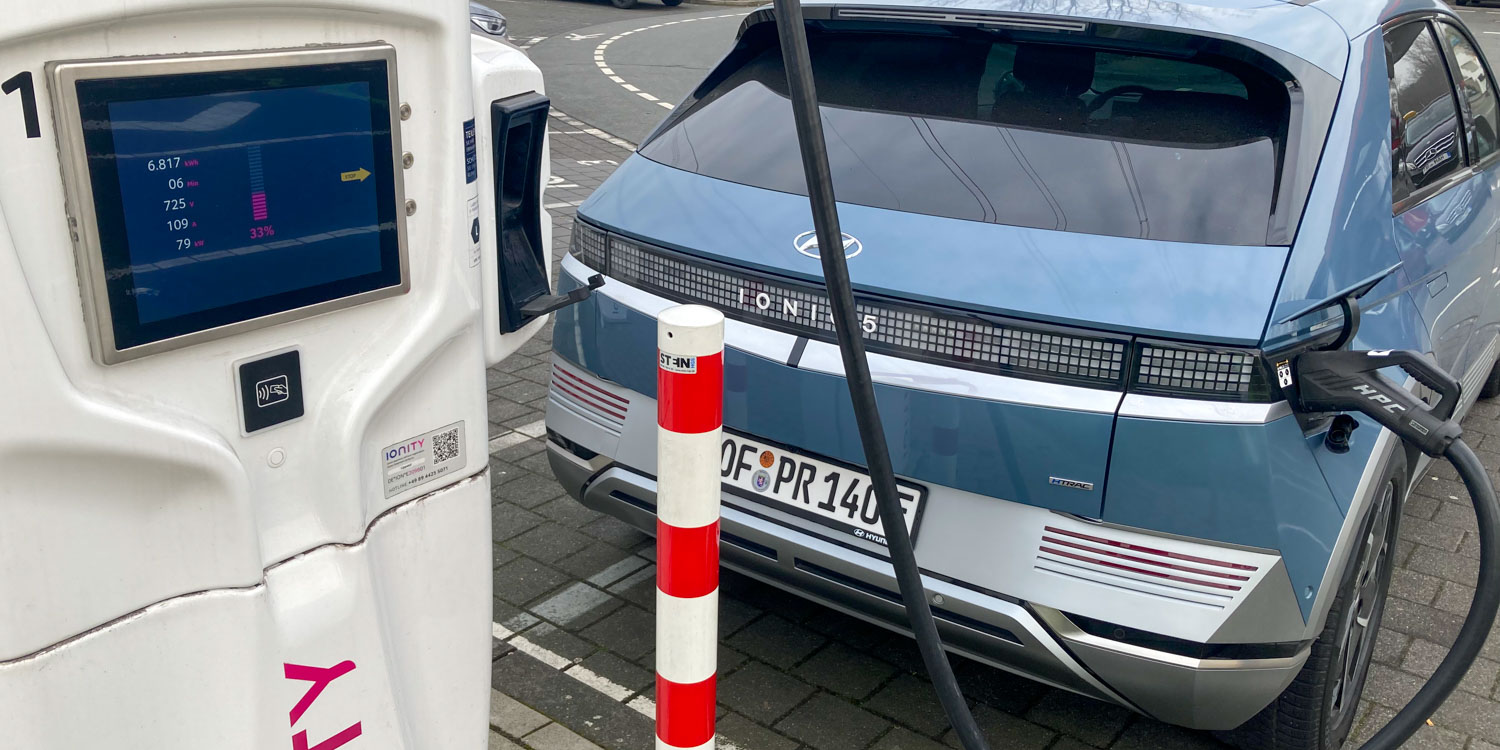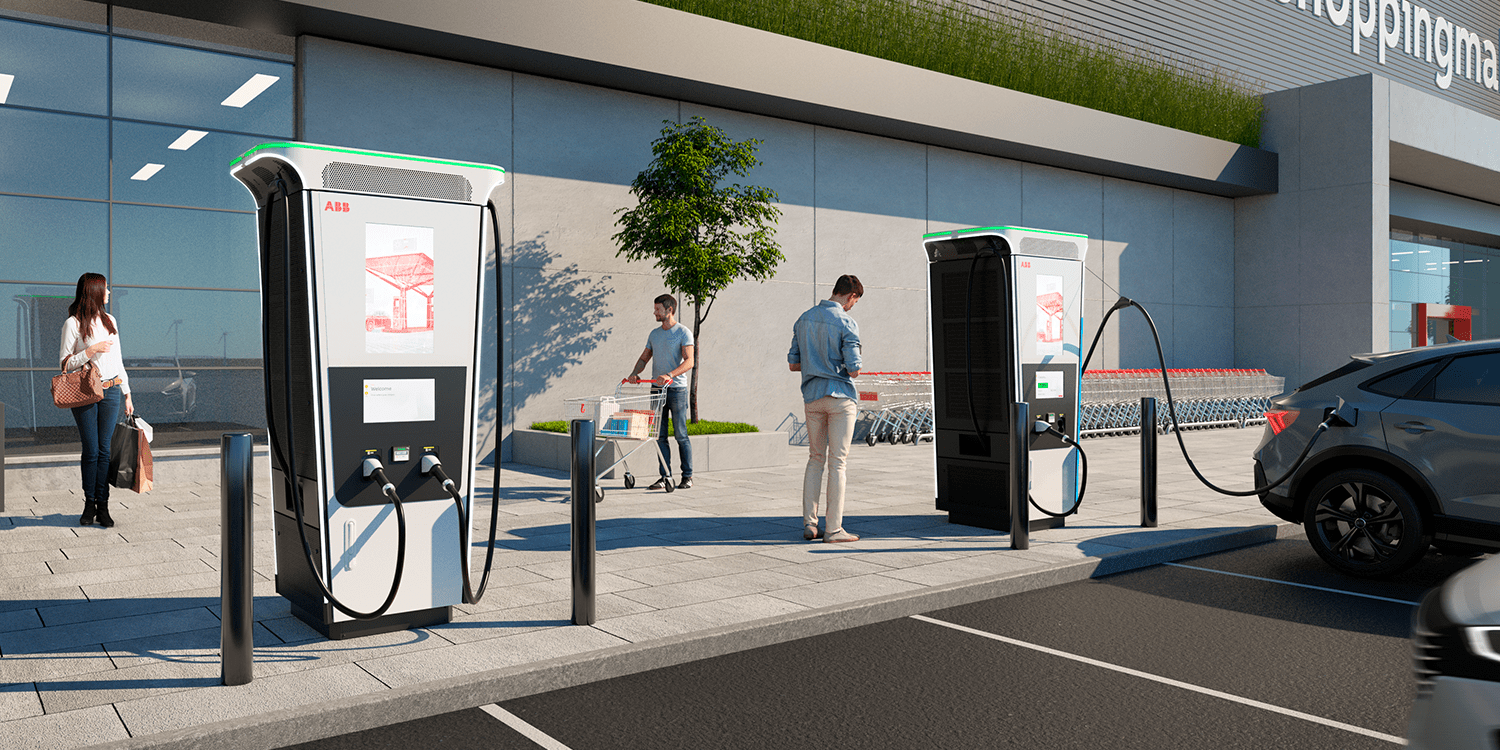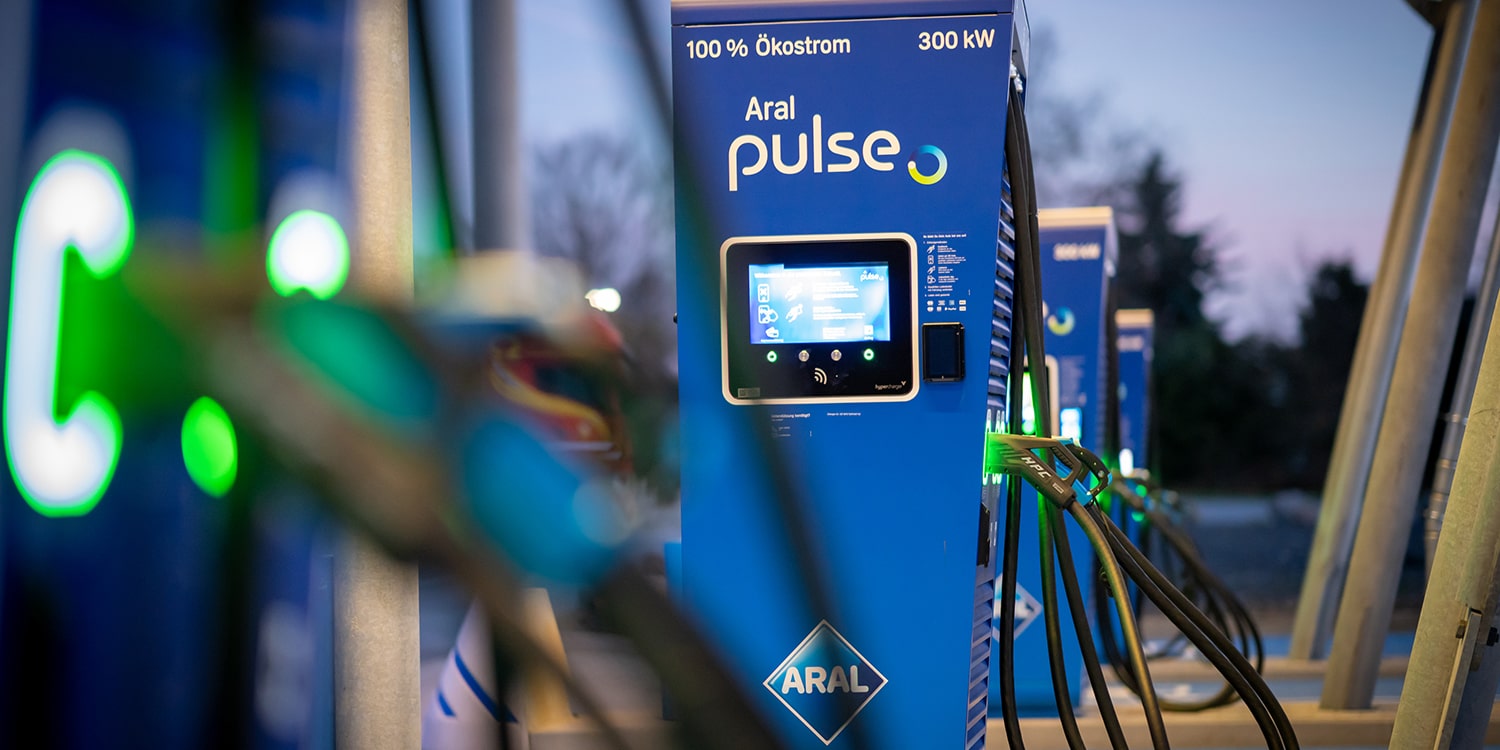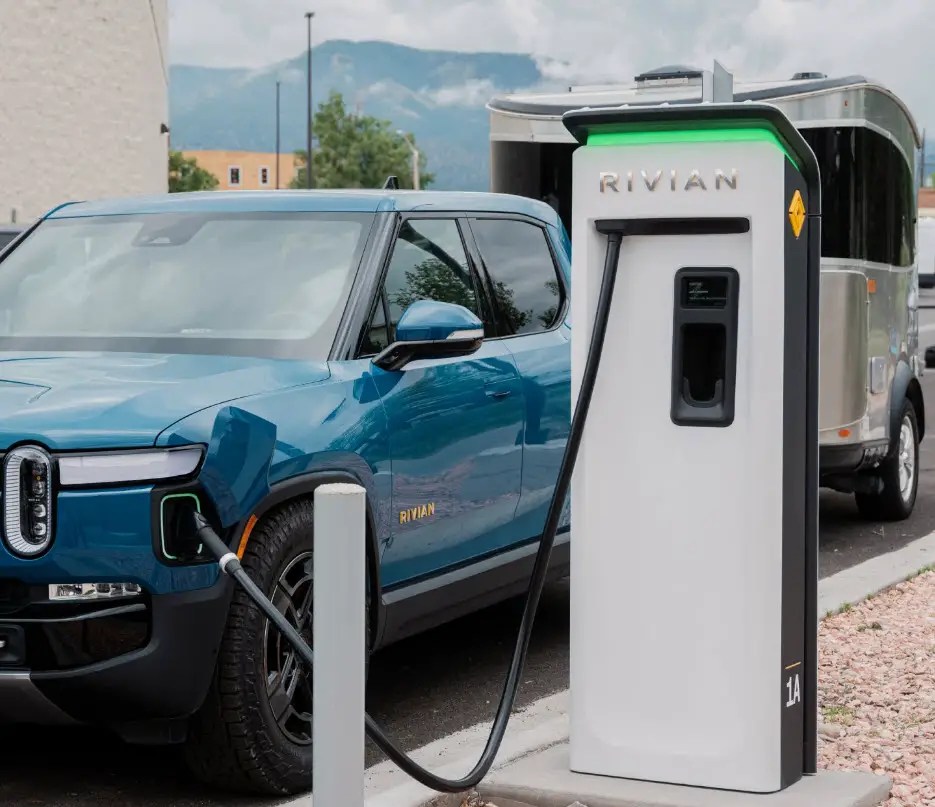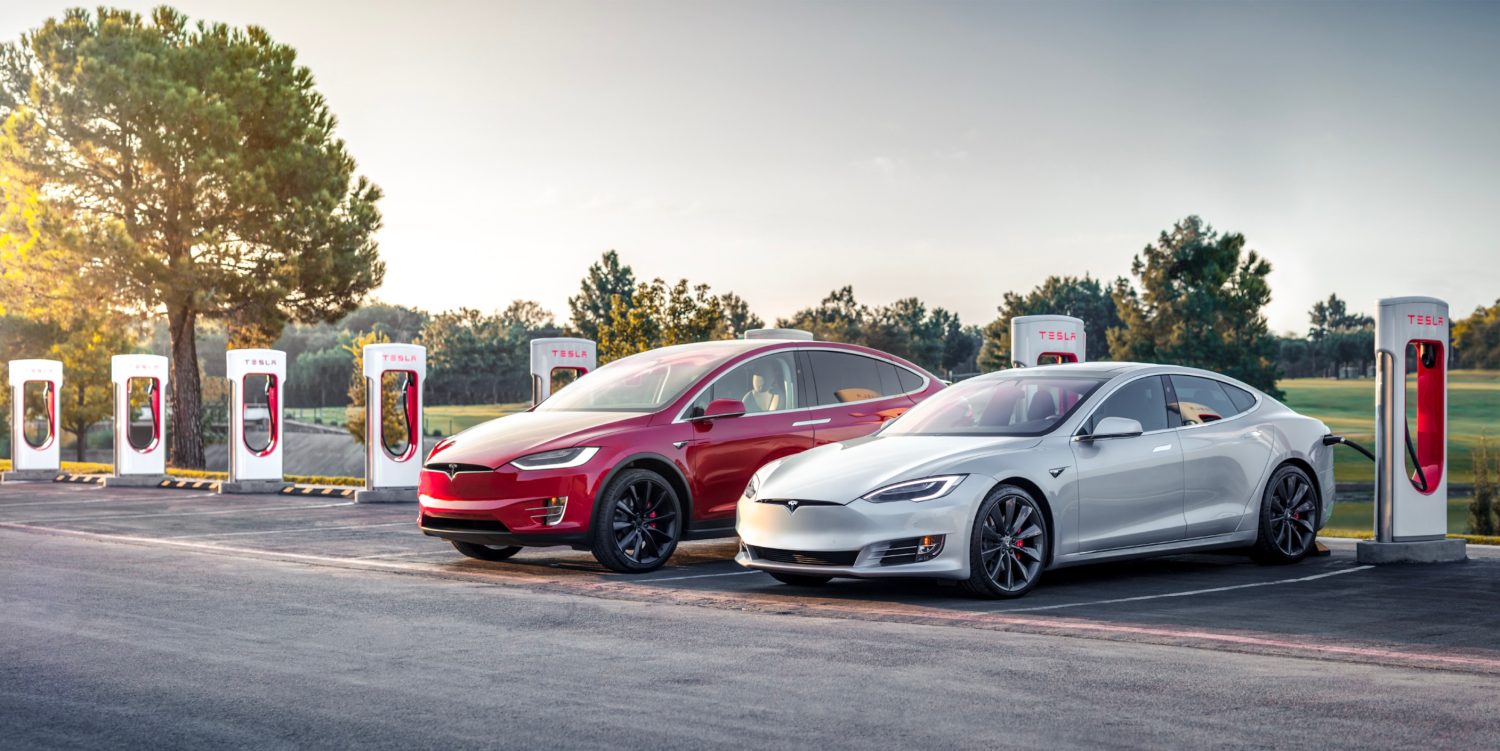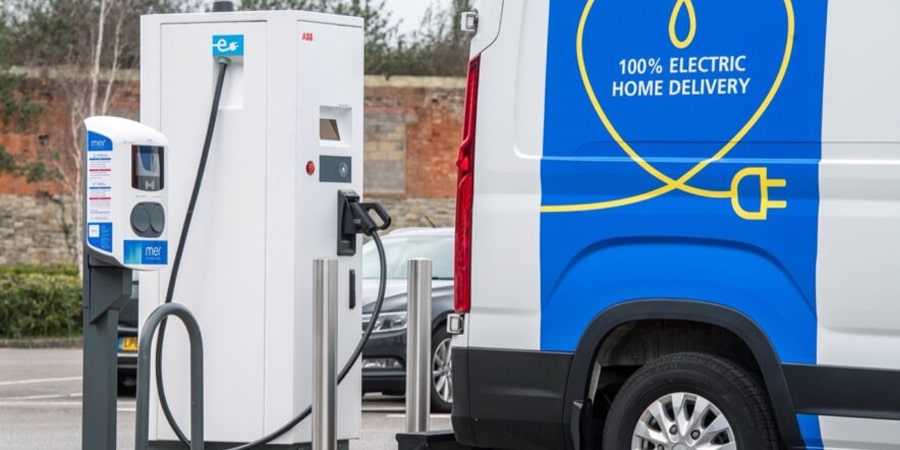British infrastructure provider, RAW Charging, has partnered with the National Trust to install electric vehicle (EV) chargers at heritage sites across England, Wales and Northern Ireland over the next three years. The rollout, worth £12m, will be one of RAW’s most significant installations to date and will mostly consist of AC destination chargers, designed to fit in with the historical surroundings of the National Trust’s estates, houses and gardens.
See also: Hyundai Reportedly Working On Retro-Infused Grandeur EV Sedan
Although the details have not been released, RAW Charging has been named as ChargePoint’s first customer for its latest AC column, the CP 6000 series. The design of the CP 6000 allows for customised configurations to include sockets, cable management, branding, display and shuttering options. RAW Charging plans to work closely with the National Trust to ensure that the charging infrastructure is integrated sympathetically into its environment.
RAW Charging plans to install both slow chargers and “a small number” of DC charge points, specifically at National Trust sites where visits may be shorter than usual or where drivers may need to charge during a short break from longer journeys. While no specific sites have been announced yet, RAW’s partnership with the National Trust underscores the commitment of both organisations to reducing carbon emissions and fighting climate change.
See also: Audi Announces Transition to All-Electric Models by 2026, Only Selling BEVs by 2033
Edward Wood, Head of Facilities Management at the National Trust, emphasised the importance of reducing the carbon footprint of everyone who travels to National Trust sites. He said, “Much of what we look after is rural, and reducing the carbon footprint of everyone who travels to our places will be critical to us being able to achieve our climate goals, including to be carbon net-zero by 2030.” With this partnership, RAW Charging and the National Trust are paving the way for sustainable travel and ensuring that our historical sites remain accessible for generations to come.

